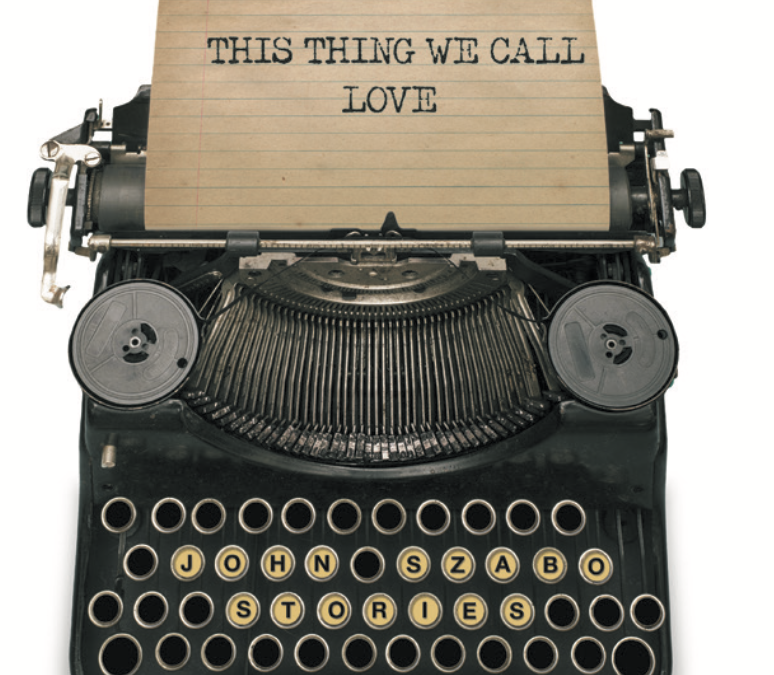The title of John Szabo’s short story collection This Thing We Call Love, suggests musings on romance but begins with a story of grief. And not just any story of loss — a story that toes the line of reality and fantasy. That story, “Crystal Cove,” sees a writer returning to his hometown in Southern California to retrieve the lost ashes of his mother who drowned saving him as a child. This haunting tale sets the stage for a series of subversive stories that compel readers to find love in unexpected (and, at times, sordid) places. The “partly autobiographical” book is inspired by real life experiences of Szabo and — with the exception of one creative story told from the point-of-view of a pooping pigeon — all of the protagonists are male, many of them are writers and several are described as having a “crooked nose.” It is also important to note that the collection is essentially a love letter to Orange County, the Southern California region Szabo has long called home. It isn’t until midway that the book broaches the topic of romantic love, with the story, “This Thing We Call Love,” telling of a journalist doubting if he loves his girlfriend of 5 years. The titular story sees peak description but functions essentially as a stream of consciousness of the perseverating boyfriend; like many of the stories, it opts out of the traditional story arc and resolution, and instead leaves space for readers to draw their own conclusions.
Love stories are often muddled with unclear metaphors and overused allusions — Szabo’s storytelling is anything but. The stories are fast-paced, rooted in the unpredictability of life and the ambiguity of love. A trained journalist, Szabo writes with a clarity and sensibility developed by years of reporting. But there is a major departure from news reporting: instead of writing from a place of neutrality, Szabo leans into his own experiences, crafting fictional stories that read with an honesty of a tell-all, no-holds-barred memoir. Amid the sea of romance novels, Szabo’s short story collection provides a much needed option for those wanting to explore love in a pragmatic, expansive, no frills kind-of-way. This is also a great option for nonfiction readers who wish to make an entrée into fiction. But the book’s strengths are also its challenges. It resonates strongly with Orange County residents, writers, Gen X and Millennial men — but for those who don’t identify with any of these, emotional connection may prove wanting.

